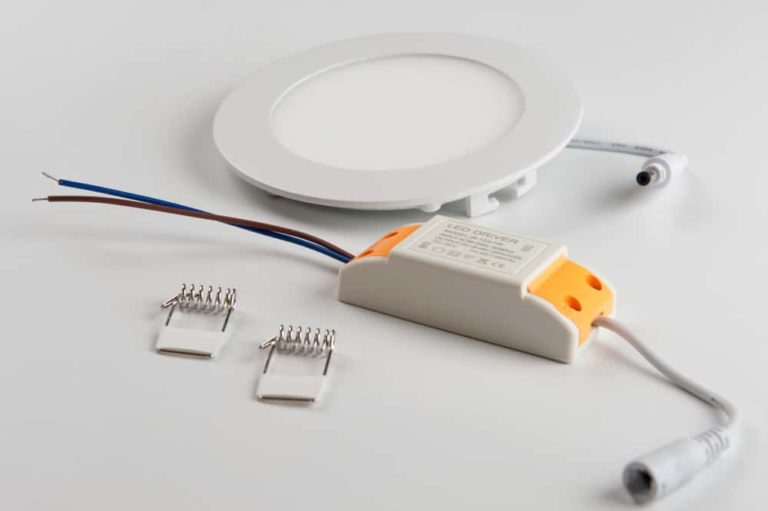Safeguarding Lives: The Importance Of Temporary Edge Protection In Australia
Construction and infrastructure development have been pivotal in shaping Australia’s modern landscape. However, as these projects continue to rise in complexity and scale, ensuring the safety of workers and the public becomes an increasingly crucial concern. One of the vital components in maintaining safety is temporary edge protection. This article delves into the significance of temporary edge protection Australia, exploring its definition, compliance with safety regulations, cost-effectiveness, perspectives from the construction industry, and the latest innovations in edge protection technologies.
Understanding Temporary Edge Protection
Temporary edge protection refers to the measures put in place at construction sites, elevated platforms, or other areas with a risk of falling from heights. This protection aims to prevent accidents and injuries by creating a physical barrier that prevents workers, equipment, or materials from falling off the edges. The most common types of temporary edge protection include guardrails, barriers, screens, and scaffolding systems. These solutions protect workers and minimize the risk of harm to pedestrians or passersby.
Australian Workplace Safety Regulations And Standards
In Australia, adherence to extensive regulations and standards is essential for ensuring workplace safety. The legal duty under the Work Health and Safety Act 2011 requires employers to ensure the safety and welfare of both their employees and the general public. When working at elevated levels within the framework of these regulations, the inclusion of temporary edge protection becomes imperative. The Australian Standard AS/NZS 4576:1995 furnishes precise directives for the installation, utilization, and upkeep of temporary edge protection systems. Compliance with these standards is not solely a legal duty but also a matter of ethics, greatly diminishing the likelihood of mishaps and loss of life.
Cost-Effectiveness Of Temporary Edge Protection
Some might argue that implementing temporary edge protection systems can be costly. However, the investment becomes imperative when considering the potential consequences of accidents. Fall accidents can lead to serious injuries, loss of productivity, project delays, and even legal liabilities. These repercussions far outweigh the initial expense of temporary edge protection. Furthermore, modern edge protection solutions are designed with efficiency in mind, allowing for easy installation, reconfiguration, and removal.
Construction Industry Perspectives: Mitigating Risks
The construction industry in Australia has been increasingly proactive in recognizing the significance of temporary edge protection. Construction companies understand that prioritizing worker safety enhances their reputation and contributes to a positive work environment. By adhering to safety regulations and implementing effective edge protection measures, they can prevent accidents and ensure their workers return home safely daily. Furthermore, construction firms prioritizing safety tend to attract skilled workers who value their well-being.
Innovations In Temporary Edge Protection Technologies
Advancements in technology have also influenced the field of temporary edge protection. Engineers and safety professionals continually develop innovative solutions to enhance safety and productivity. One notable innovation is the integration of sensor-based systems into edge protection equipment. These sensors can detect unusual movements or loads on the protection system, providing real-time alerts to workers and supervisors. Additionally, materials science has created lightweight yet robust edge protection components, making installation and maintenance more efficient.
Another groundbreaking development uses virtual reality (VR) and augmented reality (AR) in edge protection training. These technologies allow workers to simulate various scenarios involving edge protection, helping them develop a better understanding of potential risks and the correct usage of protective measures. This immersive training approach improves workers’ competence and confidence when working at heights.
Conclusion
Temporary edge protection is more than just a regulatory requirement; it’s a critical component of safeguarding lives in the Australian construction industry. By understanding the concept of temporary edge protection, complying with workplace safety regulations, recognizing the cost-effectiveness of these measures, and embracing technological innovations, the construction sector can significantly reduce the risks associated with working at heights.
Ultimately, prioritizing temporary edge protection prevents accidents and injuries and fosters a culture of safety and responsibility within the industry. As Australia continues to thrive through development and growth, the safety of its workers and communities must remain paramount, making temporary edge protection an indispensable aspect of every construction project.



